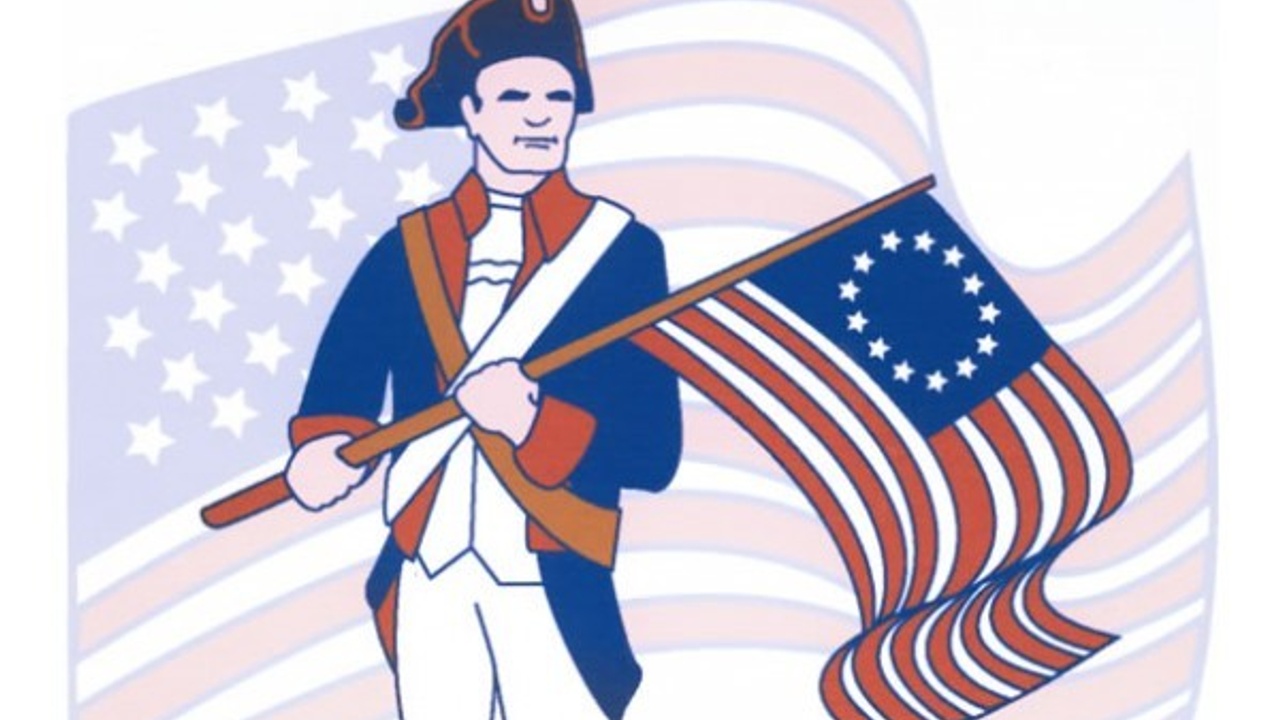The Thirteen Colonies 5th Grade ULTIMATE Lesson Plan

There's literally an endless number of ways for 5th graders to study the colonial era time period, specifically the 13 Colonies.
Personally, I've caught myself a few times going w-a-y too deep when it comes to teaching my 5th graders about the 13 Colonies (I mean, there's really no reason for me to try and teach them about the strong social hierarchical tendencies that emerged throughout the Southern Colonies during the 17th century 🤣). Likewise, how do you make sure you're giving your 5th graders enough content about the colonial times in order to help set them up for success in their future social studies learnings? In other words, how do you find that perfect balance of giving your fifth graders just the right level of learning content without going too deep, but just deep enough to help them succeed while ensuring that you're meeting the standards set forth by your state?
This is one of the slew of reasons I decided a few years back to start selling my lesson plans and teaching resources - I've been in your shoes and it's simply maddening (especially the less time teaching 5th grade level social studies you have under your belt!). I've designed and created ALL of my lesson plans with the main objective of saving hours of a teachers time every single week of the school year so that they actually have some semblance of a HEALTHY work/life balance. I've seen it more times than I care to admit (including with myself!) - the less time a teacher has to spend on creating and preparing lesson plans, the more time they have to actually teach! Or, to devote to extra-curricular, administrative tasks, or (gasp!) more time to spend with your family and friends! YES... it is possible!
Ok, so getting back to the most effective and efficient way to teach fifth graders all about the 13 Colonies. I've found it best to break out the content into three separate lessons:
Lesson #1 - English Exploration & Colonization
In this first lesson, I like to introduce them to a few historically significant British explorers such as Sir Walter Raleigh and Henry Hudson. I also utilize this lesson to briefly explain why the British began to explore and colonize the New World many years and decades after other European colonial empires had, for example the Spanish and French. I also like to spend some time in this lesson introducing students to Jamestown and the role of John Smith, the Virginia House of Burgesses, and then end the lesson by discussing the Pilgrims namely, the significance of Plymouth Rock, the Mayflower Compact, and the First Thanksgiving.
Lesson #2 - The 13 Original Colonies
Next, I follow up with a lesson that delves into the creation of the thirteen original colonies. We begin the lesson by going over how the 13 Colonies are clustered into three separate groups: the New England Colonies, Middle Colonies, & Southern Colonies. We then examine why each colony in their respective region was established. For example, the New England Colonies of New Hampshire and Massachusetts Bay Colony were founded within just one year of each other between 1629 & 1630, but for very different reason - New Hampshire was established for farming and fishing, whereas Massachusetts Bay Colony was by Puritans who were seeking religious freedom. We then briefly discuss the important role individuals like Roger Williams and Anne Hutchinson played in the founding of New England Colonies. The lesson continues by following a similar format for the Middle Colonies, and then the Southern Colonies. The lesson wraps up with one my favorite project ideas, "Coming to the Colonies". In this activity students imagine themselves living in Europe in 1690 with their family and have decided to set sail for the English Colonies in the New World - they must use what they just learned about each of the 13 Colonies (specifically, why each one was created), and decide which one of the colonies to move to!
Lesson #3 - Economies of the 13 Colonies
Lastly, the final lesson emphasizes the economies of the various regions that the 13 Colonies encompass. Important terms like cash crops, cottage industries, and subsistence farming are all covered in this lesson. Then we learn about the Columbian Exchange before jumping into the respective industries that were the most prominent in each of the colonial regions (ie., New England Colonies, Middle Colonies, & Southern Colonies). From there, the lesson introduces students to the Trans-Atlantic Triangular Trade (a.k.a. the "Triangular Trade"). Students learn what goods where traded between the America's (including the American colonies), and the continents of Africa and Europe, and why the trade was called the Trans-Atlantic Triangular Trade. It's also at this point of the lesson in which students learn how millions of enslaved Africans were brought to the New World against their will. It's at this point of the lesson where I find it crucial to enhance student comprehension by touching on the horrendous conditions that the enslaved endured as they were forcibly voyaged across the Atlantic aboard slave ships. I then like to point out to students why many of the enslaved ended up in the Middle and Southern Colonies - because their economies were hugely dependent upon the labor intensive agriculture industry. This lesson then wraps up with a photo analysis exercise featuring an artists rendering of George Washington at his Virginia plantation, with numerous other individuals depicted in the illustration (including small children and enslaved individuals), and students are asked to describe what's all going on in the artist's illustration.
By breaking out and compartmentalizing the 13 Colonies into more digestible lessons, centered around central themes, it's been my experience that students are better able to discern the contributions of famous people like William Penn and numerous others, while better comprehending the differences (both economic and geographic) between the three colonial regions.
My Colonial America Lesson Plan Unit includes each of the three lessons that I've briefly described in detail above! As with ALL of my resources, each lesson comes complete with a PowerPoint presentation (which also comes ready for digital learning in Google Slides!) and features colorful slides and imagery, primary sources, instructional materials, and printable worksheet in downloadable PDF files (which also come digitally via Google Slides!) with teacher answer keys. Plus, I've also included a number of links to supplemental videos on YouTube, and so MUCH MORE!!
Have I convinced you yet that my lesson plans WILL save you several hours every week from the never-ending stress and anxiety of creating and searching for high-quality, user-friendly, and inexpensive lesson plans?? To learn more about my FULL-YEAR bundle of 5th grade social studies lesson plans and resources click the link below! ...psst, they're more affordable than you think ;)
5th Grade Social Studies - FULL Year Curriculum
Receive a FREE Week of Lesson Plans!
Join my mailing list to receive exclusive offers and promotions, the latest tips, and news on product updates!
Don't worry, your information will NEVER be shared.
I hate SPAM too and will NEVER sell it to a third-party. EVER







